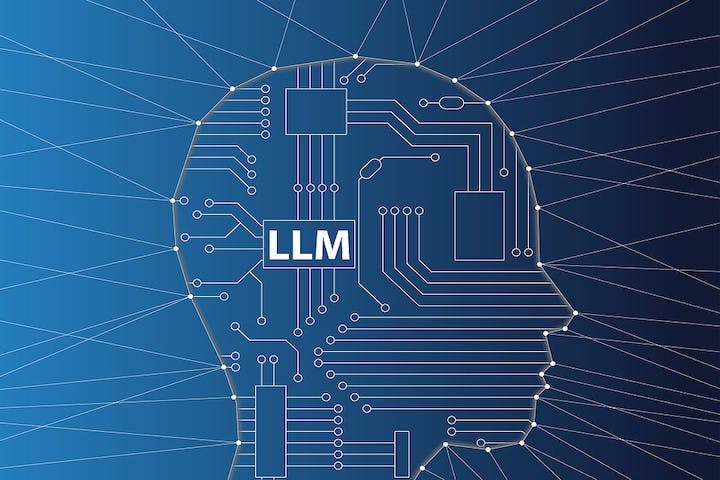HR departments should all be doing their best to keep up-to-date with new technologies.
Right now, this means working with/keeping abreast of Large Language Models (or LLMs).
For the uninitiated, an LLM, is a deep learning algorithm that can recognize, summarize, translate, predict and even generate new text and other content based on knowledge gained from massive datasets.
The application we’ve all been reading about that uses this most prominently is – of course – ChatGPT, although there’s also the new Bing and others.
Being aware of them is one thing though; arguably the next step for HRDs is to actually ‘learn’ how to fine-tune LLMs within their own organization’s data.
What the experts tell me
I recently spoke to two experts in the field, Fuad Miah co-founder of bluecap.ai based in Ottawa, Canada, and Dan Turchin chief executive officer at PeopleReign, based in San Jose, California.
Here is what I gleaned from these experts.
Firstly, both experts emphasized that an LLM project is a business project.
HR departments all need, they argued, a need clear business case – including defining metrics that will define success, legal reviews, change management, and so on.
HR pros will be familiar with project and change management, so I won’t belabor those here. But the important thing, they urged, is to not be so bedazzled by the technology that they forget these fundamentals.
The one exception to getting the business elements right first is if you are able to do a pure R&D project where you test out the technology without the need for a specific business outcome. If you have the resources to do so then you will learn a lot from having a chance to experiment.
Assuming most HR functions can’t do pure R&D, they said the most common HR use case for fine-tuning an LLM would be to create chatbots that answer employee questions.
A chatbot might be implemented to complement the HR help desk or to provide a source of knowledge for newly hired employees.
If you’ve experimented with LLMs already, then you’ll know that chatbots today are a massive advance compared to the old decision tree ones of yesteryear, and which so often led to frustration.
It’s not a difficult as you think
Another thing they mentioned, was that the technical side of loading corporate data into a base LLM (such as GPT-4) is not difficult. It’s just a matter of knowing the application programming interface (or API).
The difficult side is getting good data.
What’s also worth remembering however, is that while large language models need enormous amounts of data, HRDs do not need large amounts of data for fine-tuning the base model with corporate data.
What you will need to be aware of though, is that so-called “Few-shot” learning (a type of machine learning method where the training dataset contains limited information), might suffice for a use case of teaching a model how to prepare reports according to the organization’s style. More commonly OpenAI recommends having at least 100 examples for fine-tuning.
Quality of data is everything
While the amount of data needed for fine-tuning is manageable, the quality of the data is essential.
The data must be cleaned, structured, and labeled to ensure that the large language model can effectively learn from it.
This process may involve removing irrelevant or duplicate information, standardizing formats, and anonymizing sensitive data.
You will want to segregate enterprise-specific content from external content while leveraging LLMs for natural language processing.
Test, then go for it!
Once the beta version of your custom LLM has been built then you’ll need to go through testing, validation, and further fine-tuning, much like any software project.
The cost of these projects can vary enormously, however, in many cases, they are not that expensive.
It’s worth reaching out to some vendors to get a sense of what might be possible within the scope of the budget you have available.
LLMs have shocked the world with their capabilities while leaving us uncertain about their vagaries and weaknesses.
The road to leveraging the opportunity and scoping out the risks runs through giving it a try.
I encourage you to do so.
